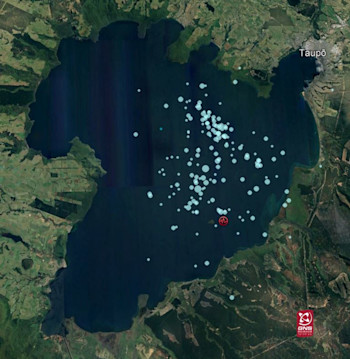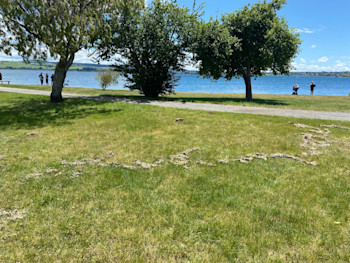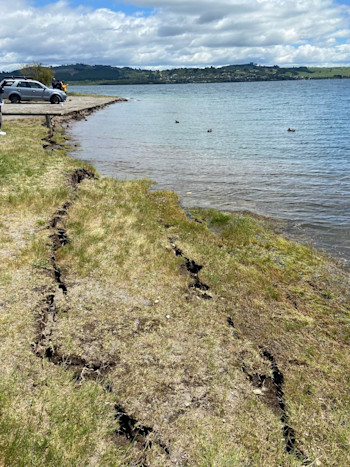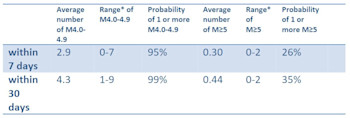National Advisory: Tsunami activity – expect strong and unusual currents and unpredictable surges at the shore following the M8.8 earthquake, Kamchatka Russia. For all information please visit NEMA (The National Emergency Management Agency) Only messages issued by NEMA represent the official warning status for New Zealand.
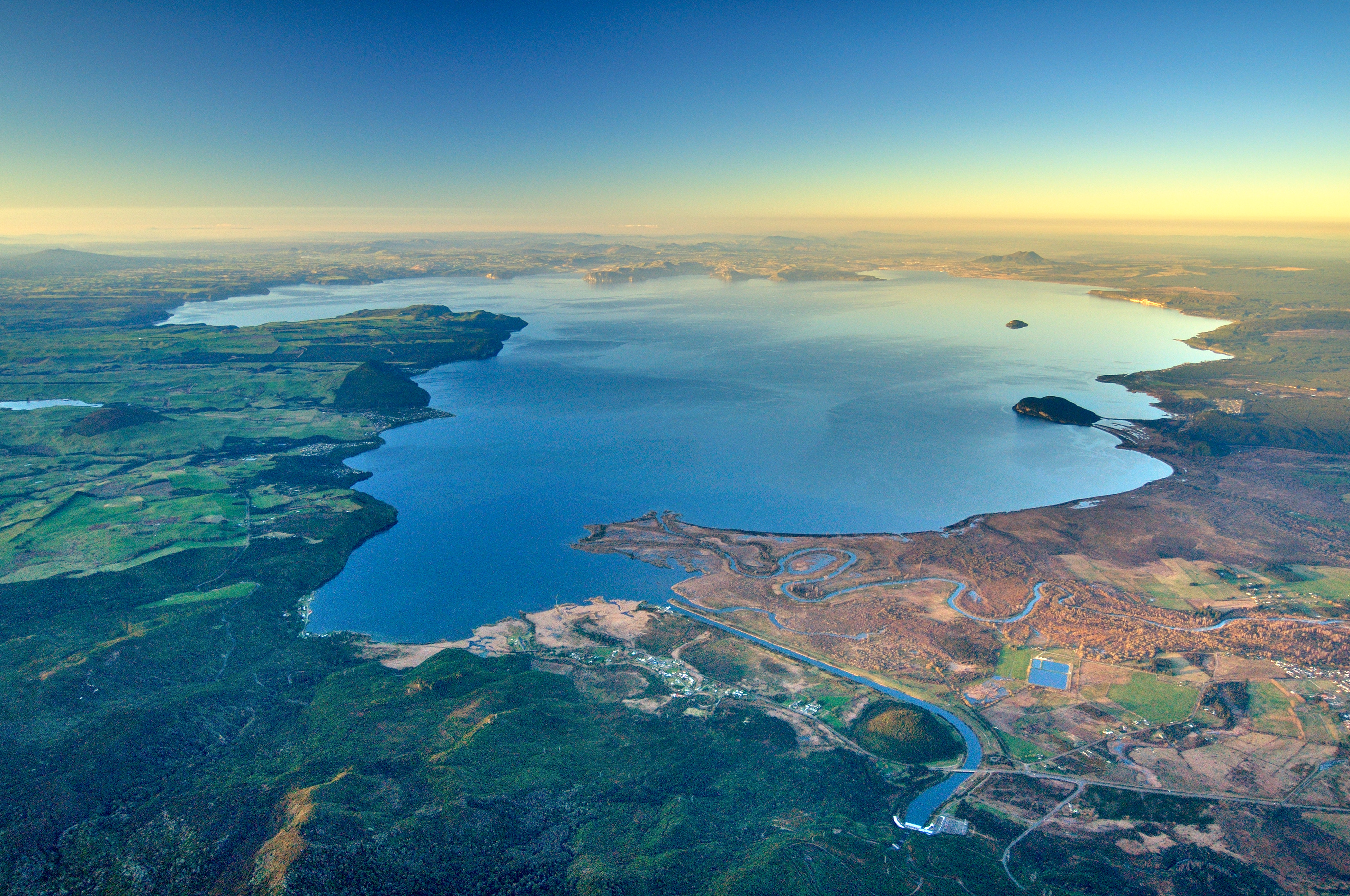
Strong earthquake at Lake Taupō
On Wednesday 30 November at 11:47PM a M5.6 earthquake occurred under Lake Taupō and was felt throughout the Waikato and the central North Island.
The M5.6 mainshock was 9km deep, and has been followed by over 180 aftershocks, the largest being a M4.5. Around 30 of the aftershocks have been reported felt.
We have had received a range of reports of damage from items falling off shelves to roof damage at a business in Taupō.
This is the largest earthquake in the Lake Taupō region since a M5.0 earthquake in 2019 and follows an increase of earthquakes in the region since May 2022, when the current period of unrest at Taupō volcano began.
Are these earthquakes caused by the volcano?
We believe the earthquake sequence to be caused by activity associated with magma and hydrothermal fluids inside the volcano. This activity could continue for the coming weeks or months, at varying rates or intensities.
In response to this increase in volcanic unrest at Taupō volcano, shown by continued small earthquakes and ground deformation, we raised the Volcanic alert Level from 0 to 1.
Was there a tsunami?
Tsunami-type waves in lakes can be caused by earthquakes, landslides, or even weather conditions, and from historic records we know these have occurred in the past at Lake Taupō. If you are by the lake shore and feel a long or strong earthquake, drop, cover and hold and then immediately move to higher ground.
Our experts are still looking into the evidence of a potential seiche or small tsunami on the shorelines around Lake Taupō resulting from the earthquakes last night. At this point we don’t know if this is due to a seiche, where the lake moves back and forth and “sloshes” or a tsunami, caused by a landslide, or some combination of both.
Our researchers are interested in your observations relating to volcanic unrest
We received around 180 detailed reports of people’s experience following last night’s earthquakes. However, we would like to know more about the lake activity and any observed landslides too. Please complete this short survey on what you have seen around Lake Taupō: ACCESS SURVEY HERE
What next?
When an earthquake occurs there is always a small possibility that a larger earthquake will follow, however the most likely scenario is that there will be a number of smaller aftershocks which will taper off with time. As there is ongoing increased earthquake activity at Lake Taupō, we do not expect earthquake numbers to go back to pre-May 2022 levels just yet.
Our earthquake forecasters have estimated what the next 7 and 30 days might bring in terms of earthquakes of magnitude 4 and above for the region. These numbers are based on the average aftershock decay in New Zealand. You can read more about how we make earthquake forecasts here.
This table describes how there is an estimated 26% chance (unlikely) that there will be an earthquake of Magnitude 5 or above within the next 7 days in the Taupō area shown in the map above. It is also possible that there will be earthquakes outside of the area shown on the map.
Caldera volcanoes such as Taupō often undergo unrest that lasts from months to years, without leading to eruption. Taupō has had 17 episodes of unrest in the past 150 years, and none of them led to an eruption.
Although we can’t prevent natural hazards, we can prepare for them – and we should.
Earthquakes can occur anywhere in New Zealand at any time. In the event of a large earthquake: Drop, Cover and Hold.
During volcanic activity, follow official advice provided by your local Civil Defence Emergency Management Group.
Want to get prepared?
For information on preparing for earthquakes or responding to volcanic activity, there are guidelines from the National Emergency Management Agency's Get Ready website.
Prepare your home. Protect your whānau.
There’s a lot we can do to make our homes safer and stronger for earthquakes. Toka Tū Ake EQC’s website has key steps to get you started.
All right? / Not All Right? We understand that some people might find changing the alert level at Taupō or the recent earthquakes unsettling. The All Right? website has great resources where you can read and talk about any concerns that you have.
Media enquiries: media@gns.cri.nz or 021 574 541
